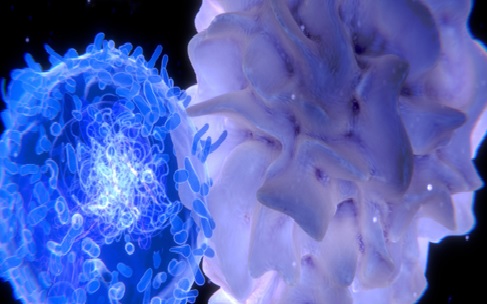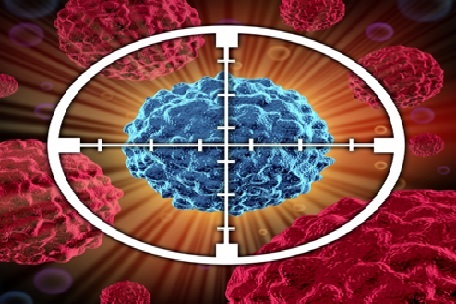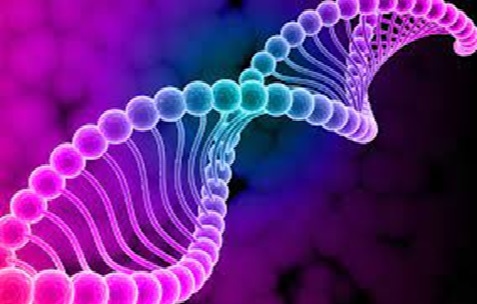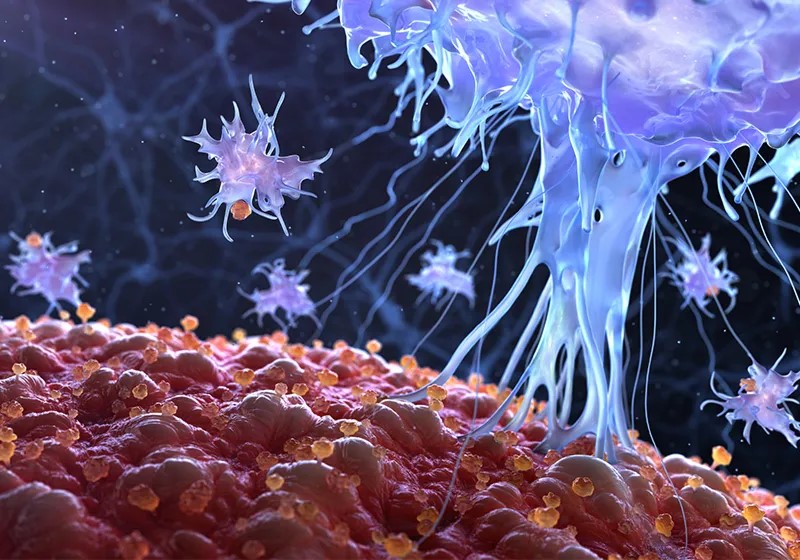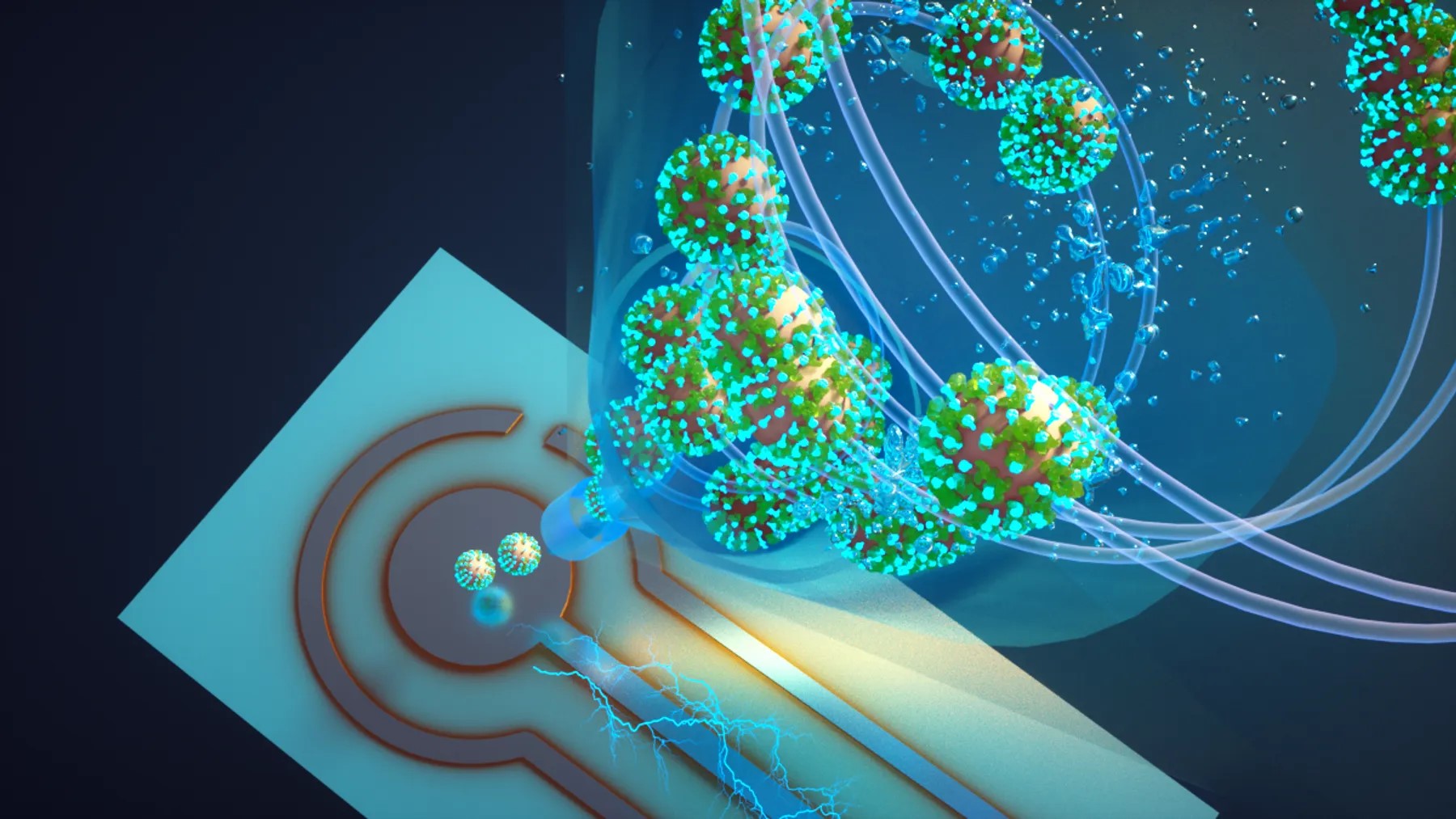InlA of Listeria monocytogenes in composite with human E-cadherin
Listeria monocytogenes is a Gram-positive bacterium responsible for a severe infection associated with different clinical features (gastroenteritis, meningoencephalitis, and abortion in pregnant women).
These pathologies are caused by the unusual capacity of the bacterium to cross three host barriers during infection and to invade nonphagocytic cells.
To invade host cells, Listeria uses two proteins, InlA and InlB, which have specific receptors on the host-cell surface, E-cadherin and Met, respectively. [1]
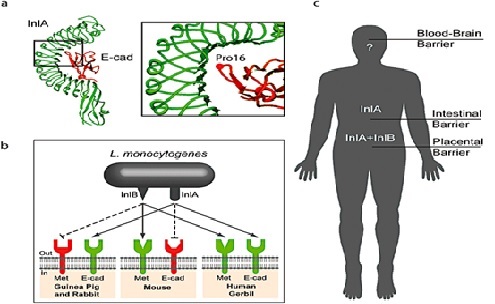
Figure 1. InlA of Listeria monocytogenes in composite with human E-cadherin
InlA of Listeria monocytogenes in composite with human E-cadherin is shown in figure 1. Listeria monocytogenes is a widespread foodborne pathogen of high concern and internalin A is an important virulence factor that mediates cell invasion upon the interaction with the host protein E-cadherin. Nonsense mutations of internalin A are known to reduce virulence.
Although missense mutations are largely overlooked, they need to be investigated in respect to their effects in cell invasion processes. This work presented a computational workflow to early characterize internalin A missense mutations.
The method reliably estimated the effects of a set of engineered missense mutations in terms of their effects on internalin A–E-cadherin interaction. Then, the effects of mutations of an internalin A variant from a L. monocytogenes isolate were calculated. Mutations showed impairing effects on complex stability providing a mechanistic explanation of the low cells invasion capacity previously observed. Overall, our results provided a rational approach to explain the effects of internalin A missense mutations.[2]
Many bacterial pathogens that invade non-phagocytic cells first interact with host cell surface receptors. Adhesion to the host cell is followed by the activation of specific host signalling pathways that mediate bacterial internalization.
The food-borne Gram-positive bacterium Listeria monocytogenes makes use of two surface proteins, internalin (InlA) and InlB to engage in a species-specific manner the adhesion molecule E-cadherin and the hepatocyte growth factor receptor Met, respectively, to induce its internalization.
After entry, Listeria has the capacity to spread from cell to cell and disseminate to its target organs after breaching the intestinal, blood–brain and placental barriers in human. InlA but not InlB is critical for the crossing of the intestinal barrier, whereas the conjugated action of both InlA and InlB mediates the crossing of the placental barrier.
Here we review the InlA–E-cadherin interaction, the signalling downstream of this interaction, the molecular mechanisms involved in bacterial internalization and the role of InlA–E-cadherin interaction in the breaching of host barriers and the progression to listeriosis. [3]
References:
- https://www.ncbi.nlm.nih.gov/pmc/articles/PMC2773623/
- https://www.mdpi.com/2072-6651/12/1/60
- https://onlinelibrary.wiley.com/doi/full/10.1111/j.1462-5822.2009.01293.x
Cite this article:
Gokula Nandhini K (2023), InlA of Listeria monocytogenes in composite with human E-cadherin,AnaTechMaz,pp 200


